8 Best Tips on How to Deep Clean a Restaurant Kitchen

When it comes to food services, cleanliness really is next go godliness. A clean kitchen takes time and effort to maintain, but it is a necessity of the industry in order to be able to serve safe food to customers, it is a necessity. Every so often, extra cleaning measures are needed to get rid of buildup, dirt, and grime in hard-to-reach places and heavy traffic areas.
Here are the best tips on how to deep clean a restaurant kitchen:
1. Exhaust hoods
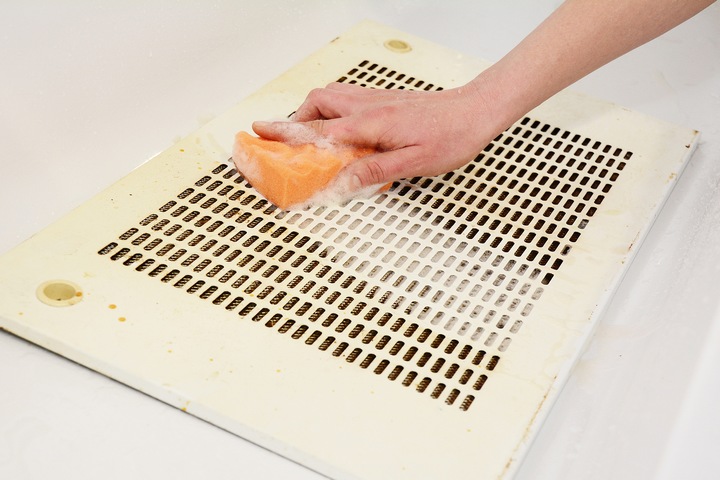
Not only is the exhaust hood very close to a lot of food, it is also one of the things that can become extremely dangerous if not cleaning properly. Grease is extremely flammable, and if left unattended, a greasy exhaust hood could contribute to a grease fire.
To clean the exhaust hood, remove the filters and clean them in hot, soapy water. You may also choose to use a degreasing solution. Scrub the filters clean, and scrub the hoods down as well.
2. Walk-in coolers

Walk in coolers are one of the areas that get forgotten about most. They are out of the direct line of sight, and any spills usually end up on the floor behind a wire shelving rack. As such, it is important to have a dedicated day each month or so when the walk-in coolers are cleaned properly all the way through from the top shelf to the floor.
A good time to do this would be the day before your shipment of food comes in. If you can plan it that way, you can catch the shelves when they are at their most empty, making the job a bit easier.
3. Kitchen countertops
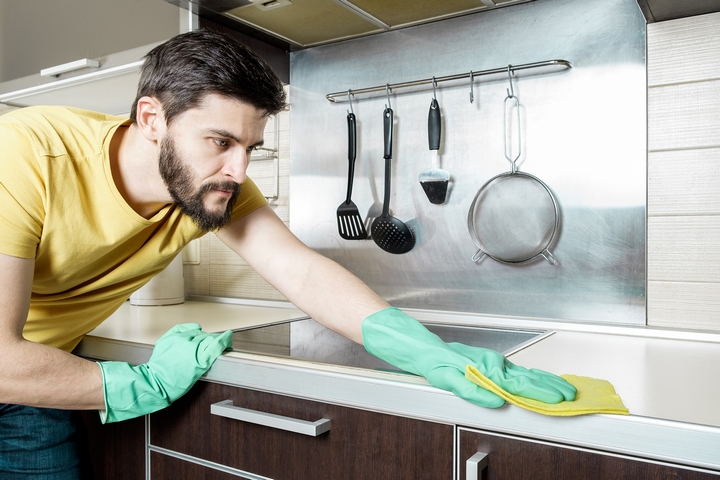
Although all surfaces should be cleaned multiple times throughout the day, it is not a bad idea to pay special attention to them whenever you’re doing a deep clean of the kitchen. On these days, pay special attention to any harder-to-reach areas, or spots that might typically get missed in a regular day-to-day cleaning.
Be sure to pay attention to your granite or quartz countertops. These areas are right in the middle of the heat and action, so they are breeding grounds for bacteria. That’s why it’s so important to keep them clean so as to avoid any foodborne illnesses.
4. Fryers

Fryers need a lot of attention. First, the oil needs to be changed out on a regular basis. It depends how much the fryer is used, so some restaurants will need to be more diligent about it than others. In addition, the fryers need to be boiled out on a regular basis. To do this, remove the oil and then add water and fryer cleaning solution to the fryer.
Turn the fryer on, allowing the solution to come to a boil. Drain the solution and rinse it out thoroughly, then refill the fryer. You’ll also want to make sure to give the exterior parts of the fryer a deep cleaning as well. Use a degreaser to get rid of tough grease and grime.
5. Floors
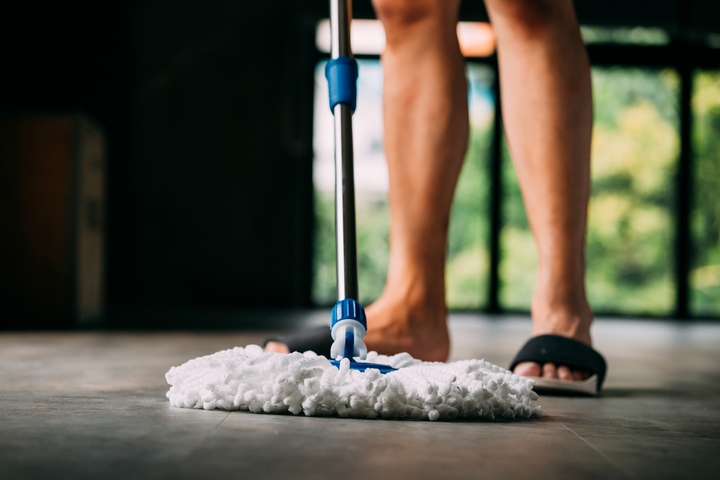
These will obviously be done on the daily, but again, it is important that on a regular basis a deeper clean is done. This includes moving things out of the way to get behind tough to reach spots. The last thing you want is for pests to be finding the discarded food that has found its way behind counters and appliances.
6. Walls and ceilings
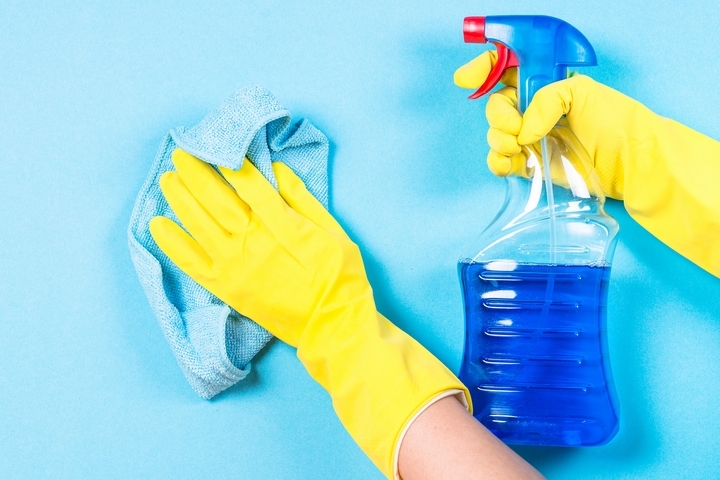
Grease is a tricky little thing, and over time, it tends to stick to even the walls and ceilings of a kitchen. So on a fairly consistent basis – every couple of months or so – the walls and ceilings should also get a little attention. Tackle them with hot, soapy water. If that doesn’t do the trick, try a more industrial degreasing solution.
7. Sinks and dish areas
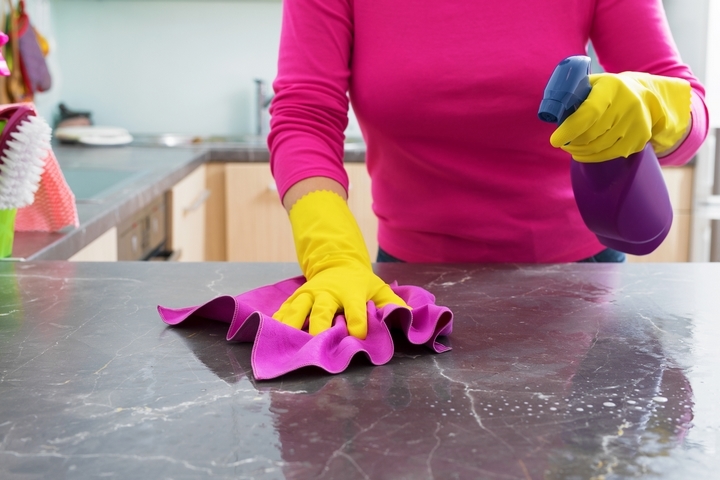
The places in the kitchen where things get clean are often some of the places that get the dirtiest – and that is absolutely not going to fly in a commercial kitchen. In fact, sinks should be cleaned down every day, but over time scale and lime can build up. If this happens, there are commercial deliming products that can keep sinks and faucets sparkling clean.
8. Storage areas
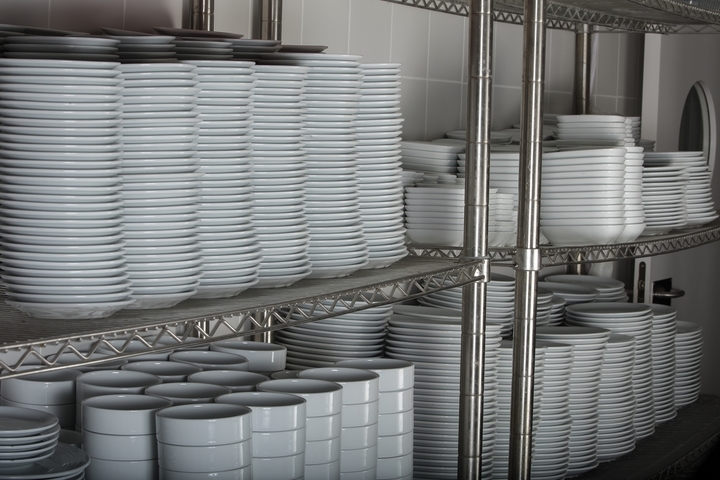
Part of keeping storage areas clean is making sure to rotate out product so that older stuff is used up first, even if it does have a long shelf life. This is a best practice in the industry, and is a key part of making sure customers are receiving quality meals. In addition to regularly rotating product and keeping everything organized, the storage area needs to be emptied and cleaned out on a regular basis. Crumbs and spills can occur, and dust will build up on the shelves over time.
The key to cleaning any kitchen is to not wait until it is so dirty that it needs to be cleaned, but to maintain cleaning so that it always looks clean.


